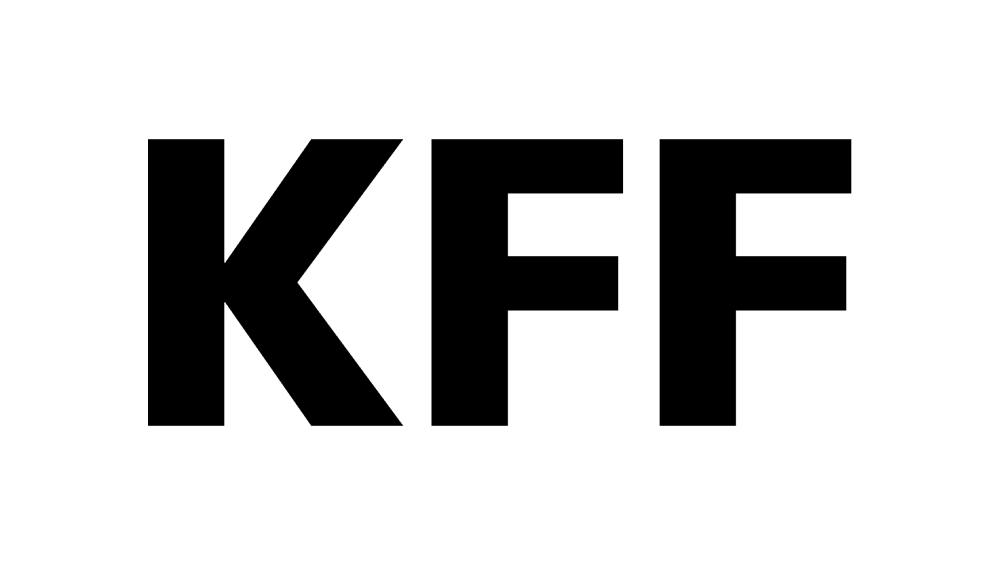 Low-Income Adults in New Orleans in 2008: Who Are They and How Are They Faring?
Poll Finding
Low-Income Adults in New Orleans in 2008: Who Are They and How Are They Faring?
Poll Finding
Based on data from Kaiser’s Second Post-Katrina Survey, this Survey Brief profiles low-income adults in New Orleans in 2008, examining their demographics, personal recovery from the aftermath of Hurricane Katrina, worries and concerns, and financial and health care challenges. It finds that low-income adults in New Orleans are more likely…